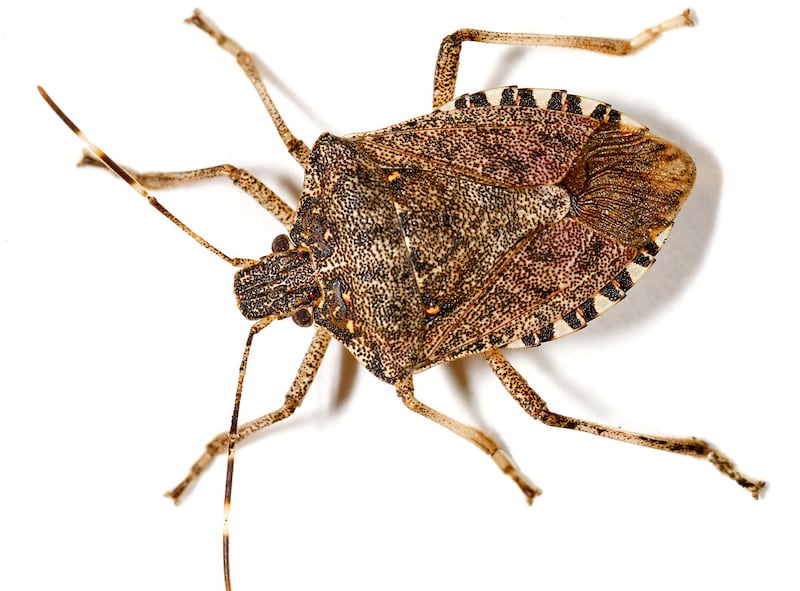SALT LAKE CITY — There’s bugs, and then there’s extra bad bugs, and Utah is home to one of five invasive pests experts say is on the move and spreading its range, which could include your home.
Brown marmorated stink bugs, native to Asia, were first found in the United States in 1996 and have spread to 44 states, including Utah.
This time of year, when the temperatures drop, they will find a way to get into your home and settle down for a long winter’s nap. Before they doze off, if you encounter one or step on one — well, they are not called a stink bug due to their pleasant odor.
“It is definitely a pain to have a lot of stink bugs in your house,” said Brittany Campbell, an entomologist with the National Pest Management Association. “They give off a pretty stinky odor.”
The national association recently identified the top five invasive pests that are on the move and spreading their range, including the brown stink bug.
Campbell said it was first identified in Utah in 2012, and by 2016 the bugs were pretty well established. They are feeders that are “generalists,” meaning they’ll eat all kinds of things, particularly crops.
“They are a huge agricultural pest,” Campbell said.
The association advises homeowners to prevent the stink bug from entering a residence by patching holes in doors and window screens and vacuuming any bugs found inside the house.
The U.S. Department of Agriculture is also keeping a watchful eye on Utah for any detection of the red imported fire ants.

Although not yet found in Utah, the pest management association says they are found throughout the Southern states and most of the western United States, including some of Utah’s neighbors.
The association warns they will attack humans who disturb or threaten their nest, biting and stinging their victims. Campbell said the sting of the ants can cause some “horrible” reactions.
Crops can also be significantly damaged, and the ants will go after the eggs of nesting birds and attack rodents, Campbell said.
Other invasive pests in the top five, which have not yet made it to Utah, include: Asian longhorned ticks, which can carry Lyme disease and Asian spotted fever; spotted lantern flies that pose a significant risk to agriculture; and the formosan termite, the most destructive termite of any of the known 2,000 species of termites. And who knew there are 2,000 known species of termites?
“Invasive species are particularly problematic because they have no known predators in the environments they invade and can multiply and spread rather quickly,” says Cindy Mannes, the association’s vice president of public affairs. “These species can cause millions of dollars in crop and property damage each year and public awareness and help is needed in order to help stop the spread of these pests.”
Campbell said as with any insect or pest infestation in a home, a professional pest management company should be contacted.


